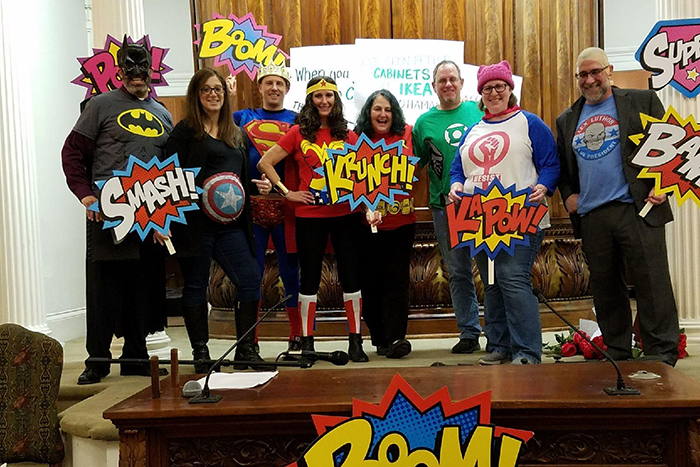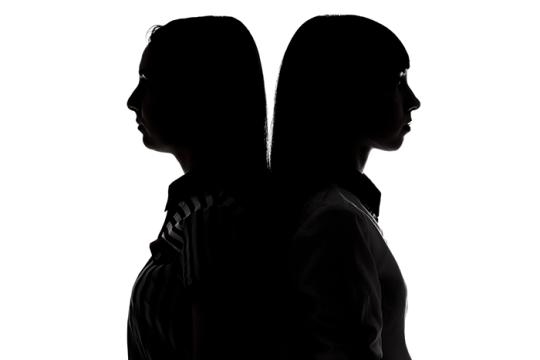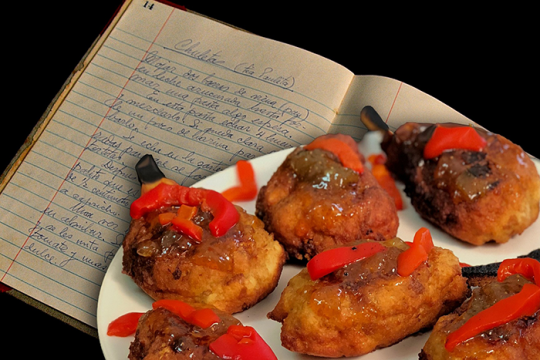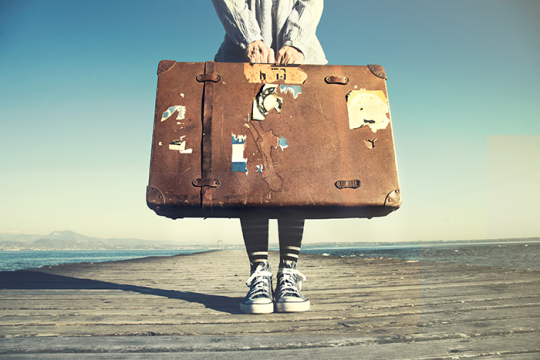
While visiting a kibbutz, Simcha Blass (he/him) noticed a row of trees in a new orchard. Most of them were scrawny, brown, and struggling, but one had lush, green leaves. Blass discovered that a water pipe under that tree had sprung a small leak. Amazingly, the drops of water that collected around the leak were enough to let the tree thrive. Blass went on to develop a system called "drip irrigation," which allows food to be grown in once-desolate places. Today, countries around the world use drip irrigation.
Simcha Blass might not wear a cape, but he's a hero in my book...literally. Along with my writing partner, Rabbi Kerry Olitzky, I've written two books: "The Heroes Haggadah" and "Heroes with Chutzpah: 101 True Tales of Jewish Trailblazers, Changemakers and Rebels." My favorite profiles are of the lesser-known heroes who haven't graced the cover of The New York Times or appeared in lists of prominent people. Let me tell you about a few more of my favorite Jewish heroes.
Helen Suzman (she/her)
Helen Suzman grew up privileged and sheltered in South Africa's white community. Reflecting back on her sheltered childhood, Helen realized that she had been blissfully ignorant of apartheid's inequities. It wasn't until college that Suzman first learned about the details of the apartheid system. Horrified, she decided she had two choices. She could leave South Africa or change the system. South Africa was her home, so Suzman chose the second option, becoming a fierce critic of apartheid.
In 1953, Suzman was elected to serve in the South African Parliament. For the first 13 of her 36 years in government, she was the only anti-apartheid legislator. Her colleagues heckled her with antisemitic insults. Her tires were slashed, and she received death threats. But Suzman did not back down. She visited future South African president Nelson Mandela in prison numerous times, though no other legislator did. The two developed a close bond; when Mandela was released, Suzman worked tirelessly to help him bring down apartheid. When the apartheid finally ended, Suzman stepped back into the shadows, modestly making room for others to move into the limelight.
Eddie Jacobson (he/him)
Eddie Jacobson was never in the limelight; he was completely ordinary. He wasn't a great scholar, stellar athlete, or virtuoso musician. Jacobson sold men's clothing in Kansas City, Missouri, but he did have one exceptional trait: loyalty. One of Jacobson's oldest friends was President Harry Truman.
Jacobson and Truman served in the army together during World War I, back when the future president was just called "Harry." The two friends opened a haberdashery after the war. When the business failed, Truman went into politics and Jacobson found work as a traveling salesman. Still, they kept in touch. Jacobson would send care packages of ties, shirts, and even underwear to the White House.
Jacobson had one cardinal rule of friendship, especially with President Truman: never ask for favors. People often asked him to contact President Truman on their behalf, but he always refused.
In 1948, Israel was preparing to declare its independence. Its future and security depended on support from the United States. But President Truman hadn't decided whether he would recognize Israel. Zionist leaders came to Jacobson and asked him to convince President Truman to support Israel.
In this instance, Jacobson realized that rules sometimes need to be broken. He went to Washington and appealed to President Truman. When Israel declared its independence, President Truman was the first world leader to recognize the new state.
Abby Stein (she/her)
Abby Stein slipped into the mall bathroom, hiding a borrowed computer. The Viznitz Hasidim rarely use the internet. As a Viznitz rabbi, Stein couldn't sit in the middle of the mall using a tablet. In the bathroom, Stein nervously typed "Can a boy turn into a girl?" Stein read the very first entry: "transgender." At age 20, she finally had a word to describe herself. read the very first entry: "transgender." At age 20, she finally had a word to describe herself.
For as long as she could remember, everybody considered Stein to be a boy. She went to the boy's yeshiva (Orthodox religious college) and became a . She wore a black suit and hat and had a full beard. But when Stein looked in the mirror, she saw a girl. As a young child, she even composed a blessing asking for a girl's body: "Holy Creator, I am going to sleep now, and I look like a boy. I am begging you, when I wake up in the morning, I want to be a girl."
In 2012, Stein left the Hasidic community. She reclaimed her title of "rabbi;" devoted herself to championing the LGBTQ+ community and other progressive causes; and now helps others who have left ultra-Orthodox communities.
Simcha Blass, Helen Suzman, Eddie Jacobson, and Abby Stein all contributed to our world in different ways. Yet, they shared traits - commitment, integrity, resolve and an inner sense that they could make a difference. In other words, they all had chutzpah. May their examples inspire all of us and bring a little more heroism into our world.
You can read more about these heroes and more in "The Heroes Haggadah" and "Heroes with Chutzpah - 101 True Tales of Jewish Trailblazers, Changemakers and Rebels" by Rabbis Kerry Olitzky and Deborah Bodin Cohen.
Related Posts

Women of Valor: Revisiting Biblical Role Models

Crypto-Foods: A Warm Embrace and the Triumph of Survival

